Wintertime Gills
Many anglers hang up their rods and winterize their boats come winter. While winter fishing can be tougher than other times of the year it can still produce some great fishing days, especially when targeting bluegills. As the water temps drop bluegills begin to congregate in large schools. It can take some hunting but once you find them you can catch plenty of fish.

WHERE TO LOOK
Like most predatory fish bluegills love wood. My favorite is a large tree that can hold a large school of bluegills. I’ve seen schools that near a thousand bluegills and while you can find some on smaller brush, and it is worth fishing, a large piece of cover will hold more fish. In the winter, when all fish can be stingy with their bites, the more fish you’re around the better the chance of getting more bites.
Look for winter bluegills along creek channels leading to and from spawning bays. While bluegills can be found anywhere within these creek channels there is usually a reason they are there. When you do find some fish closely study the spot to try and figure out why they are there. This can be hard to focus on when they are biting but taking a little time to study the spot will help you locate more bluegills in other locations.
I have seen schools of bluegills in open water for no obvious reason. This usually occurs when they are beginning to school up for winter. I’m sure there is a notable reason they are there, but to me it would only be a guess. Most of the time there is something the gills are relating to. It could be nothing more than a swing along a creek channel or a giant tree on a deep flat. The more isolated the cover the more fish will use it.
SETTING UP
While I prefer to spot-lock my trolling motor over a large school you can also anchor. Since bluegill are usually in deeper water in the winter the boat doesn’t seem to spook them, and you can vertically fish a small jig or a small hook with a worm. I like to use hairy cricket jig or just a bluegill jig with squirrel tail and tinsel tipped with a red worm or small piece of nightcrawler. The jig seems to attract bigger bluegills. You can catch them on a plain jig for sure, but you must be quick on the hookset before they spit it out. When fishing just a jig or soft plastic you will want a very sensitive rod with light line.
TACKLE
My favorite set up for wintertime bluegill fishing is a 7-foot medium light rod with 2 to 4 pound test line. I like to use a hair jig to give my presentation a larger profile to attract larger fish. I like to tip it with a small piece of nightcrawler. When the bluegills are holding on cover, they are usually close to the bottom or as high as the brush extends up in the water column. When in open water you might find them at any depth. I have caught them 15 feet deep in 40 feet of water.
A sensitive rod is important so you can feel the bite which can be very subtle in the winter. Light line gives you more sensitivity and braid gives you even more. The light line also sinks quicker with less drag and allows you to use a lighter split-shot or no split-shot at all. When fishing 20 to 30 feet deep the less drag on your line the better and the lighter the weight you use the easier it is to feel and/or see a bite.

FORWARD FACING SONAR
I know that forward facing sonar is a topic for debate as it gains more and more popularity. I enjoy using forward facing sonar and while you can absolutely find fish without it, as we all did before it came to market, forward facing sonar eliminates time searching for winter bluegills. While this new technology may help locate fish quicker than traditional sonar, it’s not the be all end all some might think.
Not only does regular sonar work in locating wintertime bluegills but I know a few people that locate them without any electronics. There were great technologies available long before forward facing sonar. We caught plenty of fish without it when I was a kid. My grandfather had a flasher unit that helped him locate brush piles when the fish weren’t on the bank. This was in the 70’s. My dad found plenty of bluegills by tapping a long section of cane on the bottom as we slowly moved along, stopping to fish when the mud turned to shell. The sound was joy to our ears after an hour or two of searching. I say all this to say that learning the habits of any fish will help you find them anytime during the season.
I use forward facing sonar to find winter bluegills now but most of the places were found years before it was a thing. Even with this technology it behooves you to learn bluegill behavior, or you will still be searching more than fishing. Knowing where to look is half the battle. Look in creek channels leading into spawning bays or steep drops with rock or wood. Nothing beats time on the water, and you should approach it the same, no matter what technology you use. Learning the habits of bluegills on your body of water will help you find success, even without fish finding technology.
COMPETITIVE BITE
When there’s a large school of bluegills you will see more competition and as the day goes on the bites become more frequent because of it. Like bass in the summer on deep ledges, once a couple fish are caught the school can get fired up. You will notice that you are getting bites on the bottom initially then you will start getting bites 3 or 4 feet from the bottom. Oftentimes you will get a bite on the fall as an anxious gill beats the others to a meal. This competitive bite is more prevalent in large schools.
SLIP BOBBER TECHNIQUE
Everybody loves to see that bobber go under. Many of us were introduced to fishing using a bobber for bluegills. The slip bobber is a great way to fish deep for wintertime bluegills. I love using a slip bobber and apply the technique all year long. When fishing in deep water, a slip style bobber is required. When we didn’t have slip bobbers, and the fish were 11 or 12 feet deep we attached a fixed bobber at that depth, and it was not easy to cast. I used to stand up on a cooler on the front deck as a kid to make the cast without my bait touching the water behind me. Those were the good old days. Now we have fancy slip bobbers that allow us to pitch our presentation underhand and fish 20 feet deep.
When the water drops below 50 degrees the bites get a little less aggressive. A bite can be hard to feel or even see on your rod tip. This is why I mentioned light line and a sensitive rod earlier. When the bite is too light to feel or see it might be time to use a slip bobber. Wintertime bluegills are usually deep, so a slip bobber is needed to get your bait down to the fish. A bobber stop is fixed to your line and can be set to certain depths by sliding it up and down, depending on the depth you want to fish. While there are several styles of bobber stops on the market I like the coiled braid style. These stops cinch down small enough to easily slide through the rod guides making for easy casting when needed.
With a slip bobber you can set the stop at any depth and let the sinker pull the line through the bobber until it hits the stop you set at the desired depth. You can still fish straight down by the boat, but you can also back away when the fish are spooky and cast to them. This technique allows you to detect the slightest bite. It’s best to always watch the bobber. Oftentimes the bite is so subtle you may only see it lay on its side or rise a little as the bluegill gets a taste of your presentation.
CONCLUSION
Give bluegill fishing a try this winter, February is especially good as all fish are thinking about spring and begin to get a more active. You will also have the lake to yourself, with very little boat traffic. Fishing in the winter can be tough at times, but it’s still a great day spent in the outdoors.
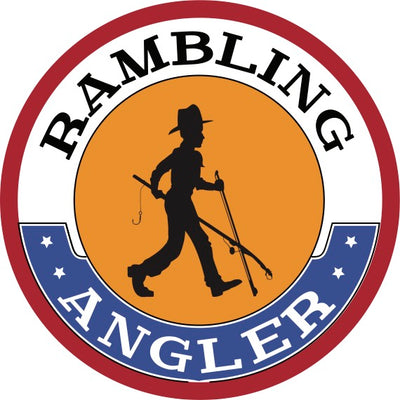
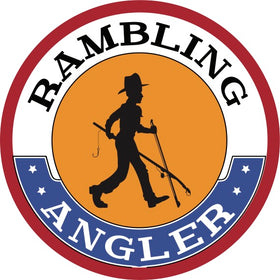


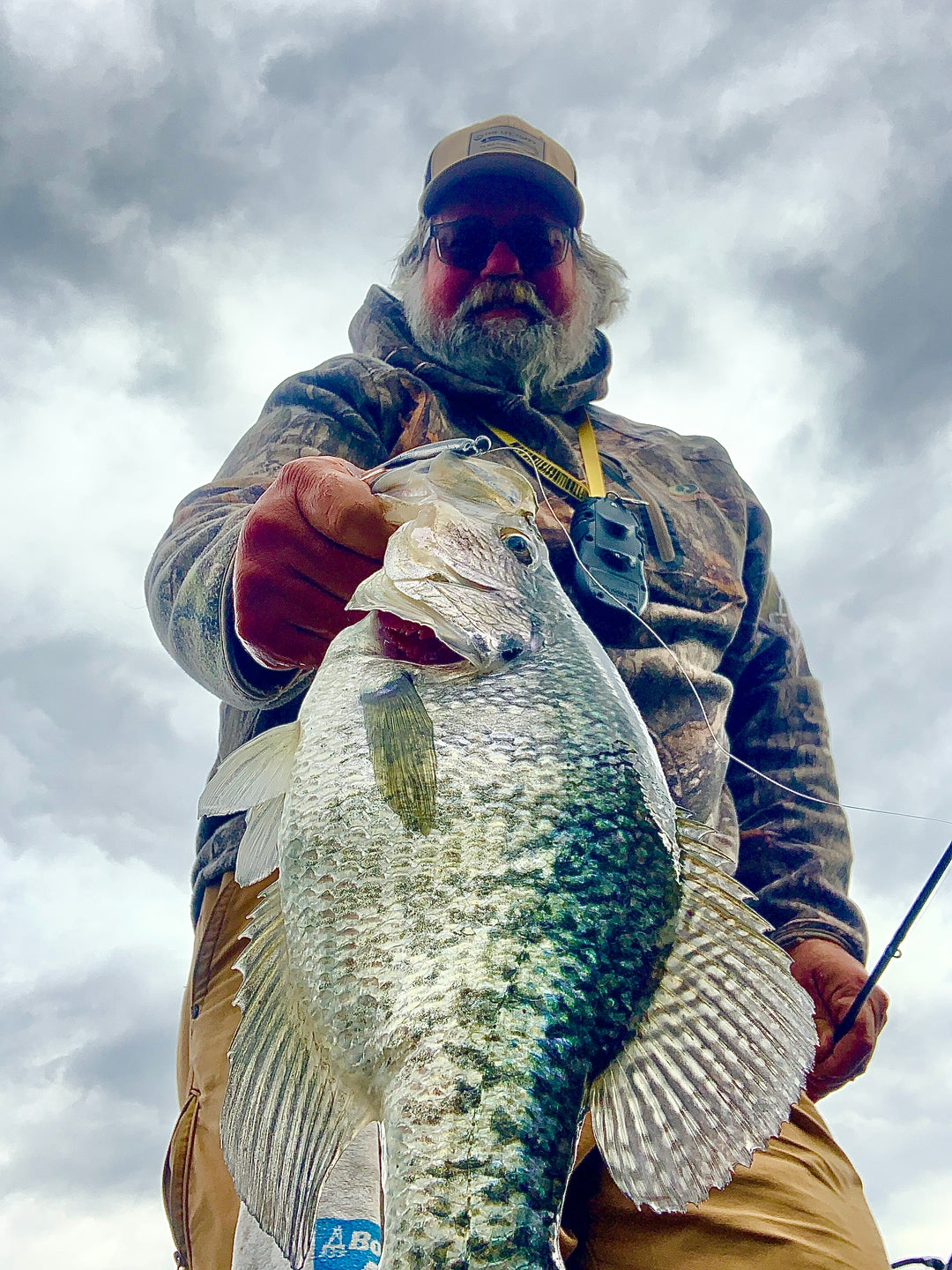
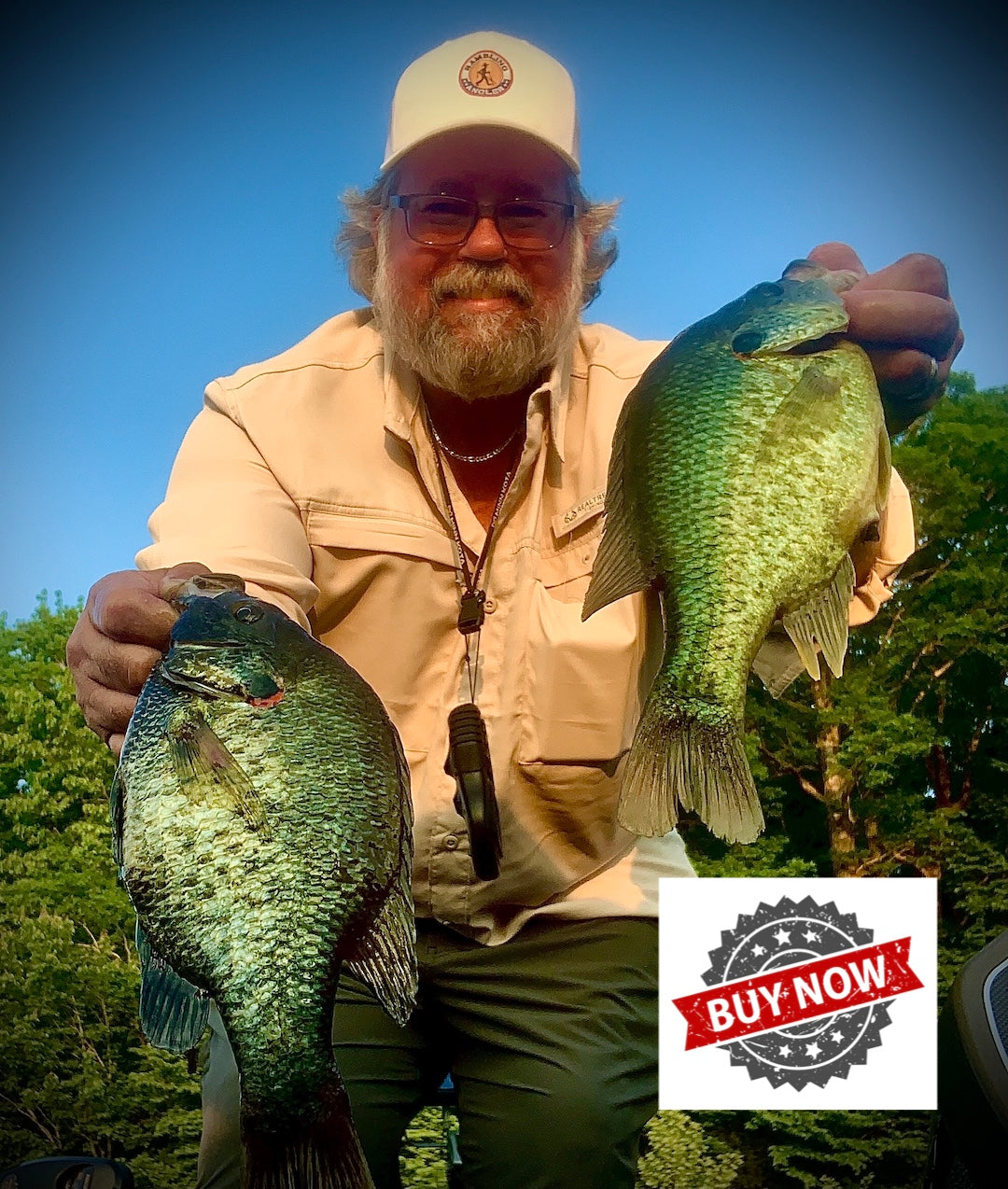
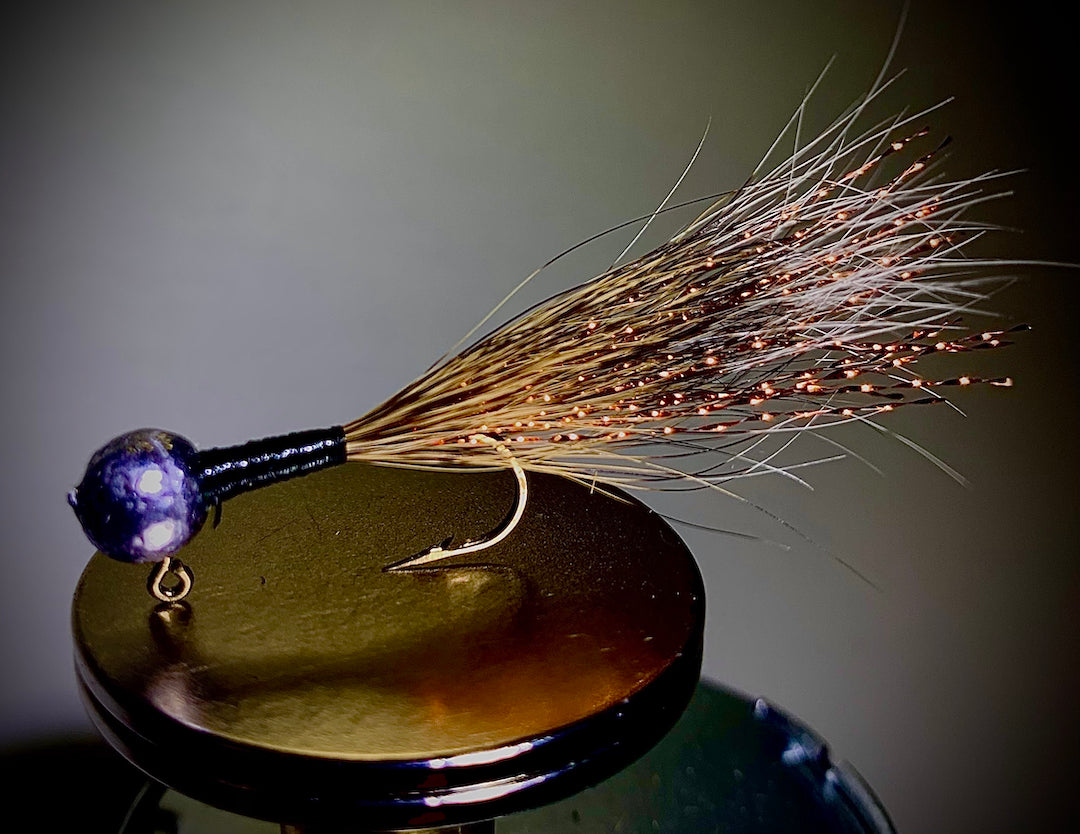
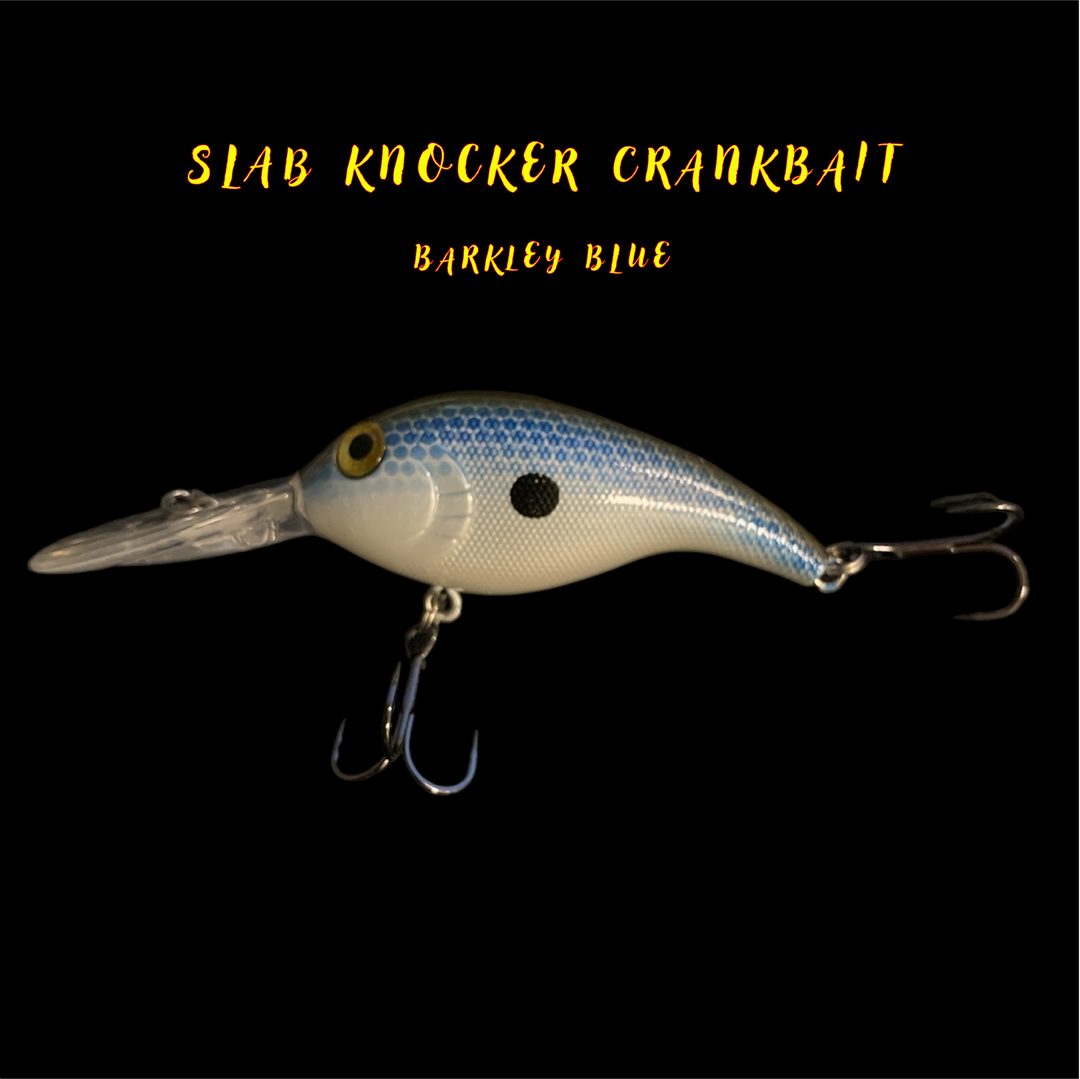
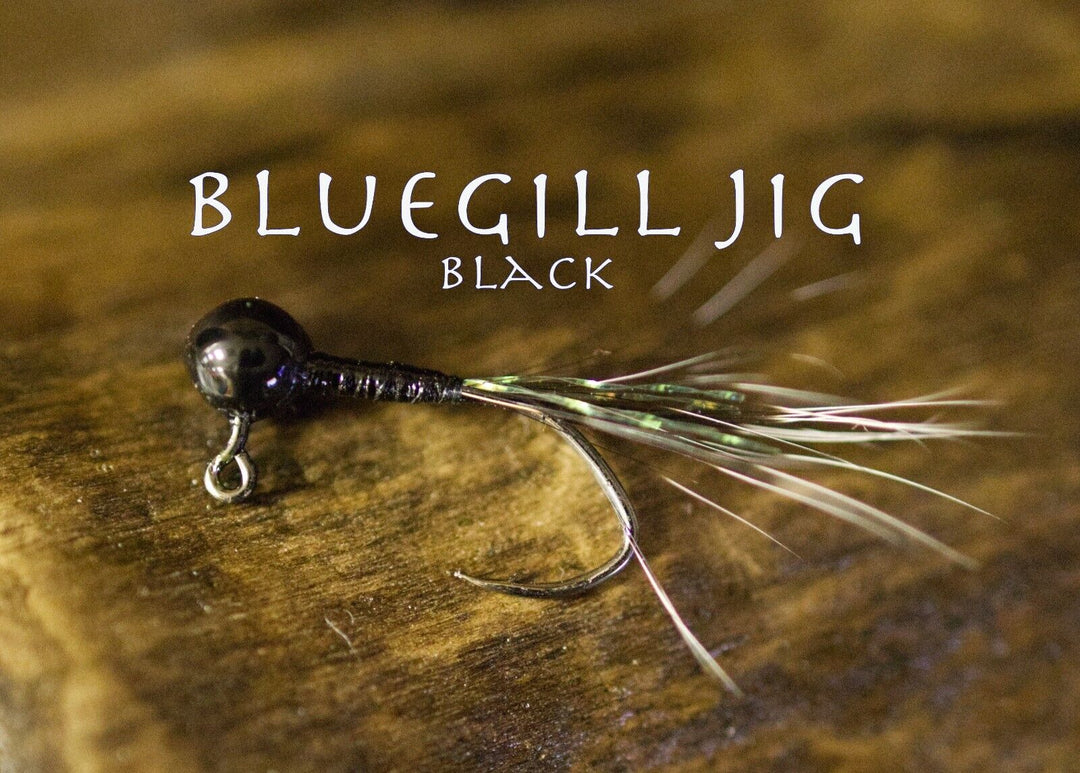






Thank you for the information on bluegills I wish I lived closer to You I would hire you to take me out I have your baits and are eager to use them this February
Leave a comment